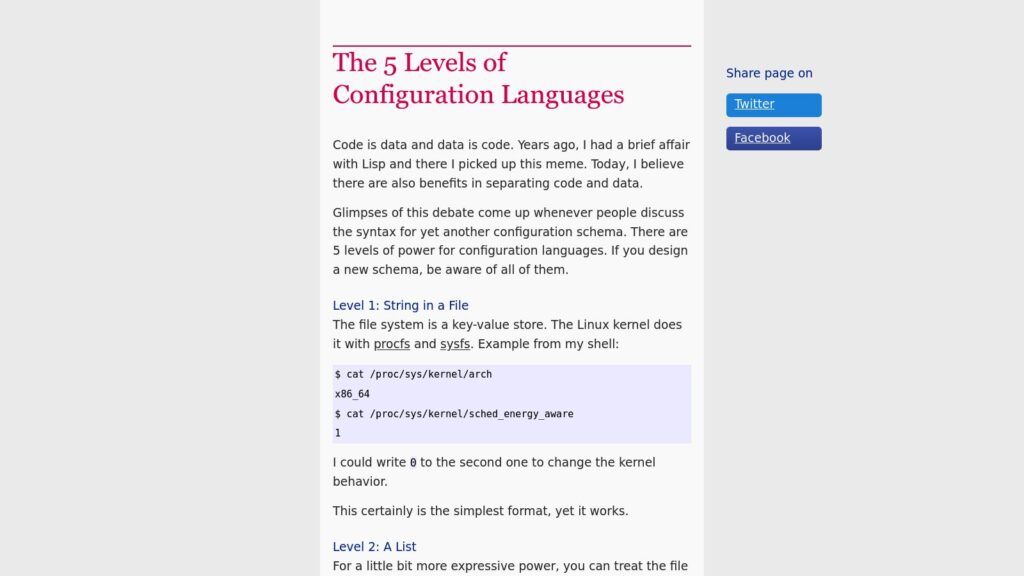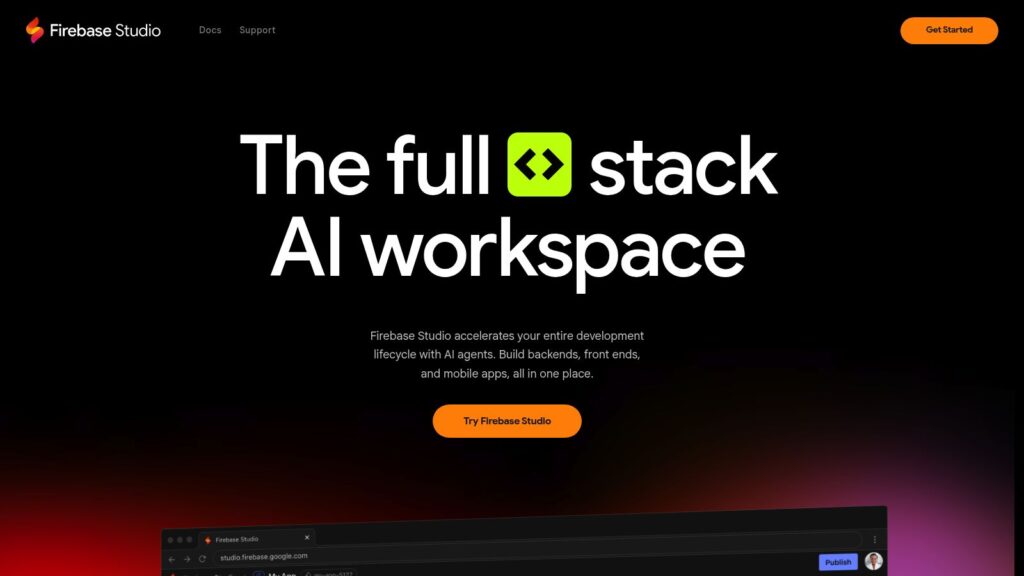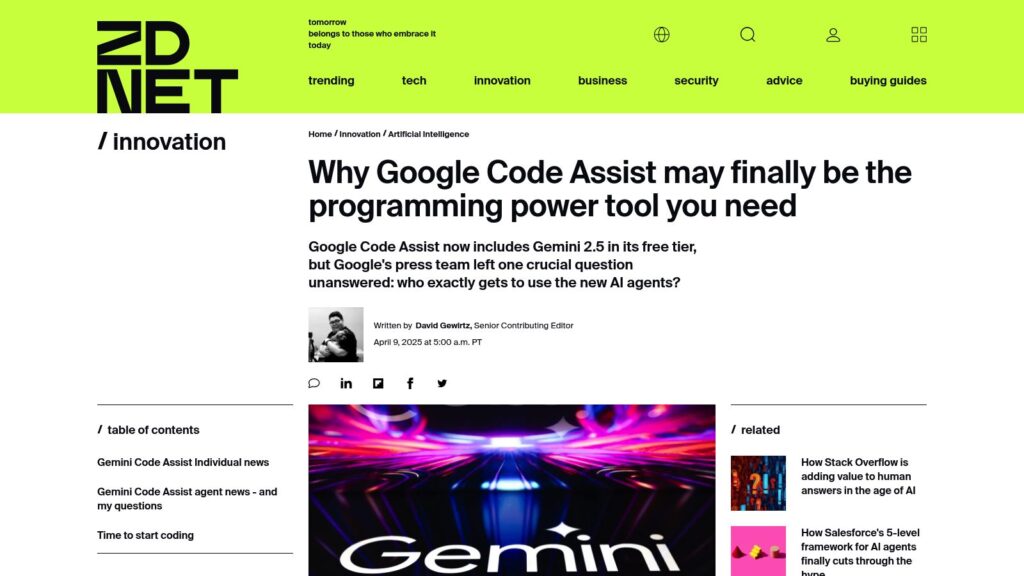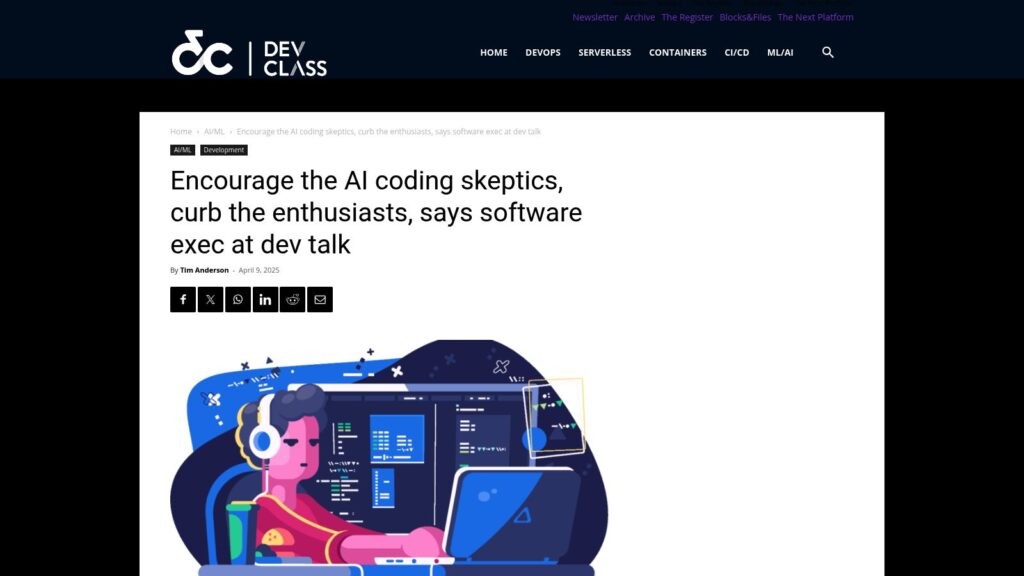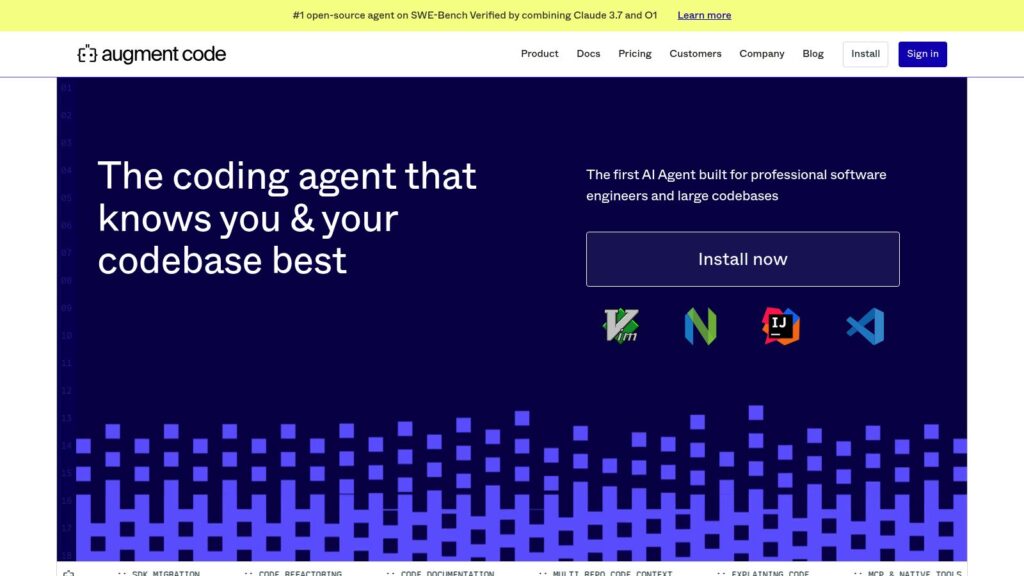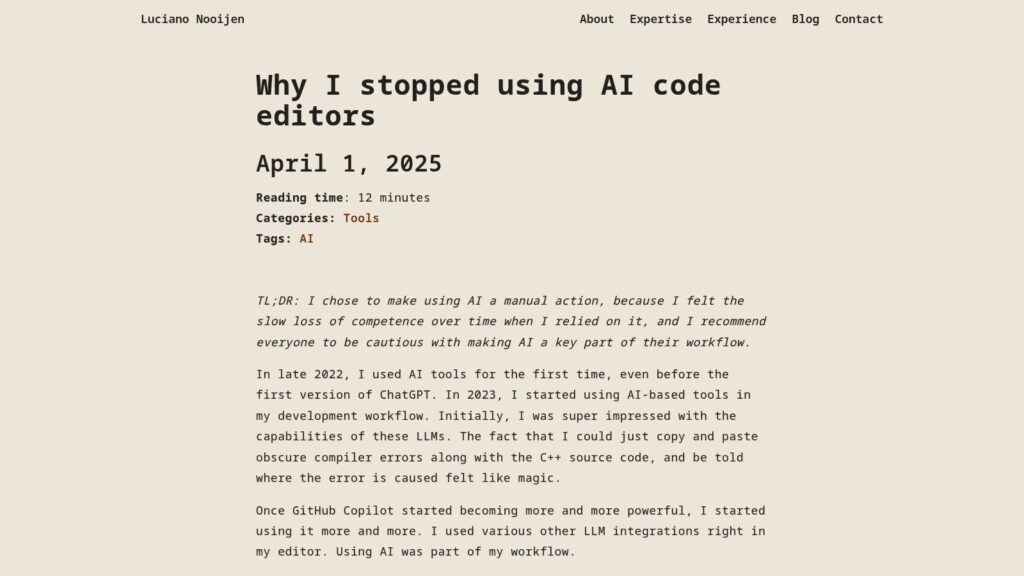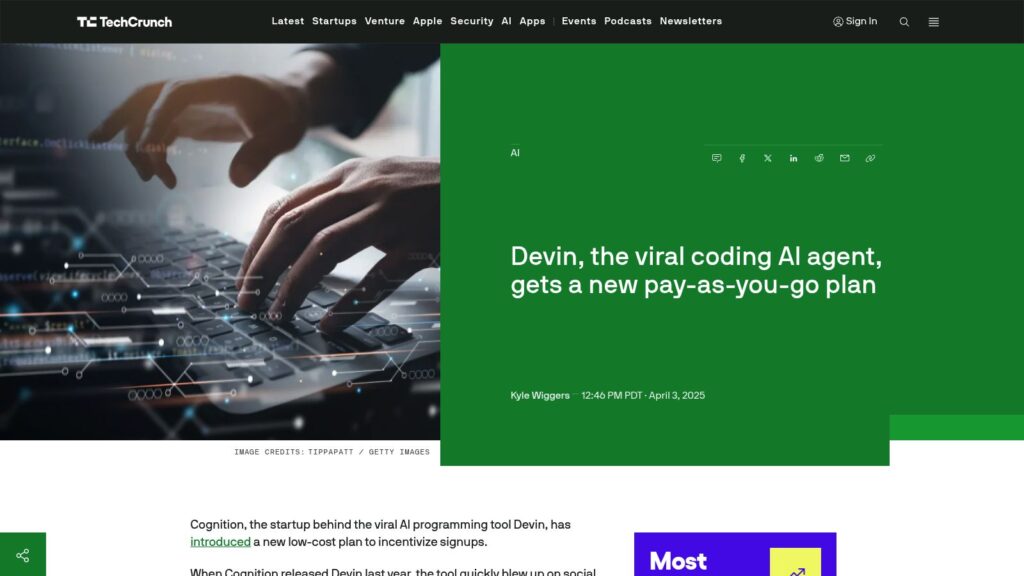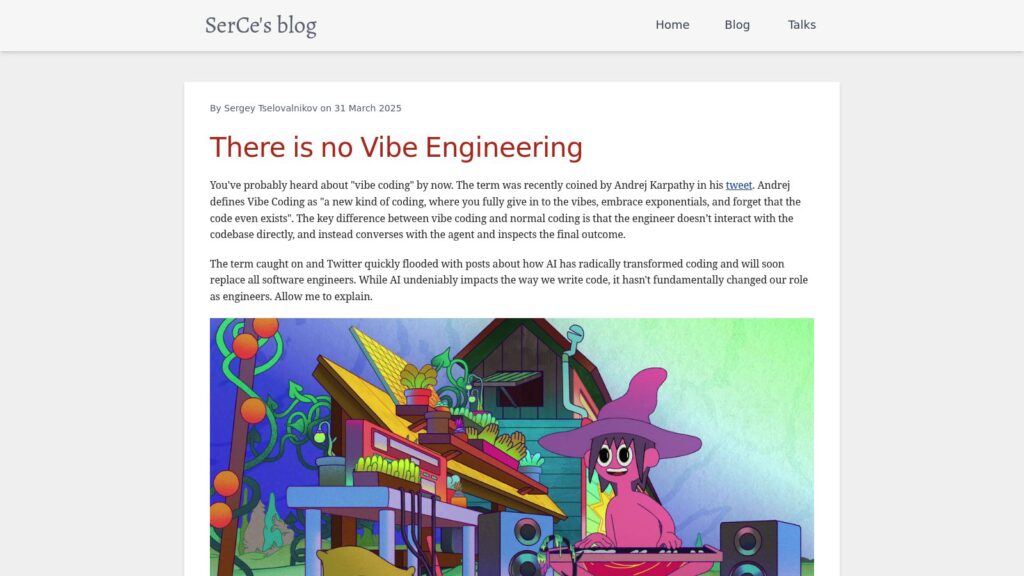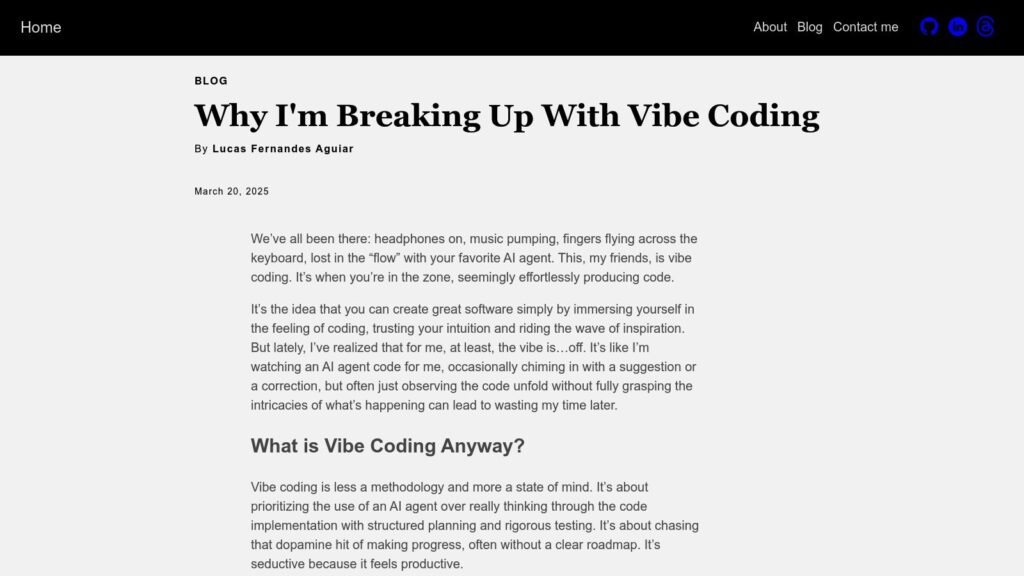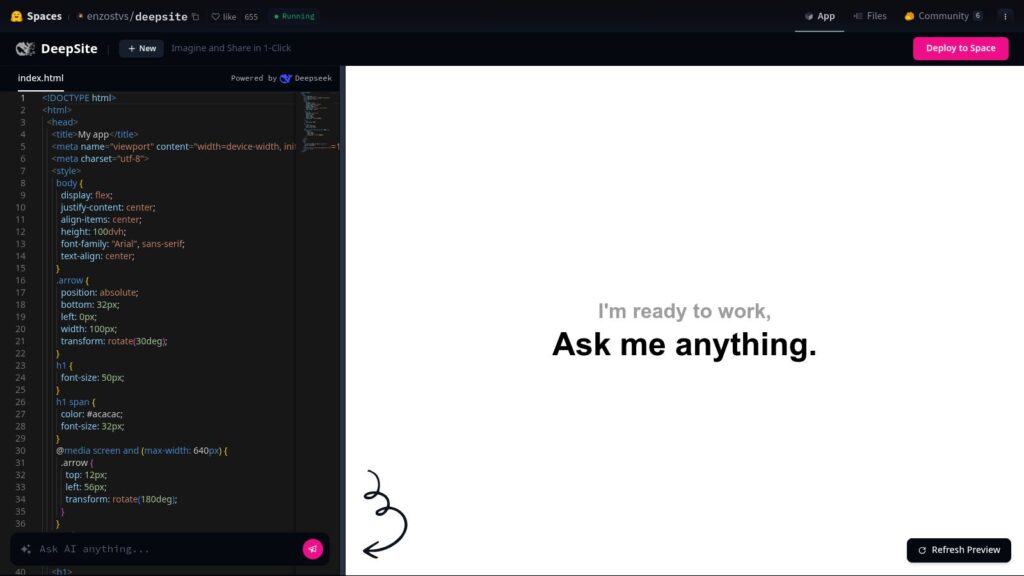The 5 Levels of Configuration Languages
5 Levels of Configuration Languages:
- Level 1: Simple string in file (key-value pairs).
- Level 2: Lists (e.g., INI format) with sections/moderate complexity.
- Level 3: Nested structures (JSON, YAML, XML), widely used but non-computational.
- Level 4: Total programming languages (e.g., Jsonnet, Dhall) enabling computation without Turing completeness.
- Level 5: Full programming languages (e.g., Python, Lua) allowing complex logic but risk circular dependencies.
Choose the lowest level for simplicity while being aware of future needs; avoid deep discussions within levels since many formats suffice.

